KC 300 MK.1
*Multi-Purpose Prop-Fan Carrier Capable Military Transport
Designed as a standardized multi-purpose military transport aircraft suitable for operation all around the Simple Planes Islands and beyond, while providing quick resupply missions to large carriers via air by being able to land and be launched from a carrier. Posses all-weather capability with advanced funky trees navigation equipment. Utilizes Prop-Fan engine with finely engineered airframe to attain a maximum speed of Mach 0.97 and a thrust-to-weight ratio of 0.9
Features
- Pilot-friendly flight model
- Detailed main wing
- Capable of carrier landings and takeoffs, with a custom arresting hook and launch bar
- Detailed and interactive cockpit
- Furnished interior
- Working doors
- Adjustable Auto-pilot
- Custom and highly accurate mini-map
- Fuel dump
- Split throttles
- ILS systems, with Localizer and Glideslope indicator (see ILS usage for more information)
- In-air refueling capabilities
- Audible and visible alarms and warnings
- Overspeed causes engine damage
- 3D radar display made by ASBE
Simplified Controls
AG1. All exterior lights
AG2. Open all doors (will automatically close/not open if the aircraft is not stationary)
AG3. In-air refueling
AG4. N/A
AG5. Arresting hook
AG6. N/A
AG7. Parking break (will automatically disengage if the aircraft is not stationary)
AG8. Turn off engine
VTOL down: Flaps (FULL FLAPS IS NOT NEEDED FOR LANDING AND PRODUCES EXCESS LIFT IF THE AIRCRAFT IS NOT UNDER HEAVY LOAD)
Trim: Trim
Cockpit Instructions


Notes on Autopilot
- Autopilot will automatically be disabled on the ground even if the selected switches are turned on
- By pressing the button to increase or decrease the autopilot values, it will keep on increasing and decreasing until the switch is pressed again. Sometimes it is a little bit tedious waiting for it to scroll through all the values (especially the heading) so I recommend setting up your desired values before taking off . I may work on a standby and active autopilot value feature in a later version of the plane.
- By changing the climb rate, it is an absolute value that will apply to both climb and descent. For example, if one sets the climb rate to 2000 ft/min, the airplane will climb and descent at 2000 ft/min depending on weather the plane is above the autopilot altitude or below it. There is no need to try and make the climb value negative, nor can it be done anyways
- If, for example, you are currently at heading 001 and you want to change your heading to 350, the auto pilot will turn right and attempt to steer the plane through all 349 degrees instead of turning left and completing the turn in 11 degrees. This is due to the fact that the game does not recognize that the heading scale can repeat when going below 0. I have tried hard to find a fix to the problem but none has been found yet. To work around it, simply turn the plane past 0 degrees and turn the auto pilot back on.
ILS Instructions

Notes on ILS system
- Currently the airport and the runways with ILS are
- Wright RW 36
- Wright RW 18
- Yeager RW 01R
- Yeager RW 01L
- Avalanche RW 09
- Avalanche RW 27
- USS Beast RW 35
- If you take off from the carrier, the ILS system for the carrier will not be accurate due to the fact that the carrier's speed will change when the player is launched from it. This problem will not happen if you originate from another airport and attempt to land on the carrier
- The glide slope of Avalanche Airport runway 09 is 4 degrees instead of the usual 3 degrees due to terrain that is dangerously close to the glide slope
- The distance shown below the Localizer is the distance to the selected runway
Stats
Max speed: Mach 0.97 or 646 knots
Cruising speed: 575-600 knots
Stall speed: Approximately 130 knots; not not exceed angle of attack of 7 degrees at low speed
Do not exceed speed: Mach 0.99 or 660 knots
Max altitude: 60,000 ft
Max G-load: 5 G
Maximum Landing Weight (MLW): 145,000 lbs
Maximum Take-Off Weight (MTOW): 160,000 lbs
Range: approximately 3500km at cruising speed at 30,000ft with 1000 gallons
Notes
- When using flaps, the plane will want to roll right; the more flaps you use the more significant the roll
- If you land too harsh with the arresting hook down, you may blow up
- The arresting hook is not guaranteed to stop you completely on the carrier depending on how heavy you plane is and which wire catches your hook
- The build uses a couple label art, and may cause problems for your device
- The launch bar is completely for decoration and not needed for launching off the carrier
- This is the first build that I am posting under my new logo, designed by my friend. Hope you like it
Credits
ASBE for the holographic radar
SARACONIKaviationIndustry for the 1 part PFD
Specifications
General Characteristics
- Predecessor KC 300 MK.1
- Created On Windows
- Wingspan 83.2ft (25.4m)
- Length 89.0ft (27.1m)
- Height 29.8ft (9.1m)
- Empty Weight 62,929lbs (28,544kg)
- Loaded Weight 69,638lbs (31,587kg)
Performance
- Power/Weight Ratio 1.549
- Horse Power/Weight Ratio 0.114
- Wing Loading 45.8lbs/ft2 (223.5kg/m2)
- Wing Area 1,520.9ft2 (141.3m2)
- Drag Points 2584
Parts
- Number of Parts 1181
- Control Surfaces 7
- Performance Cost 6,443

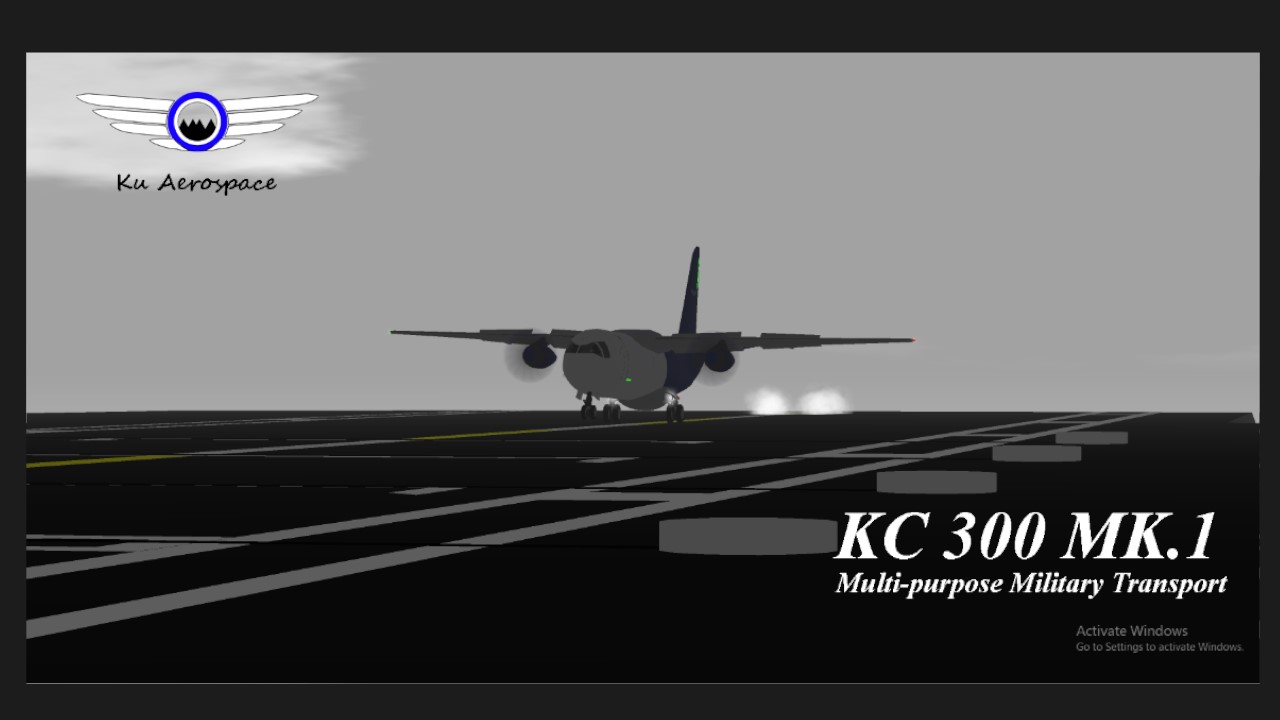
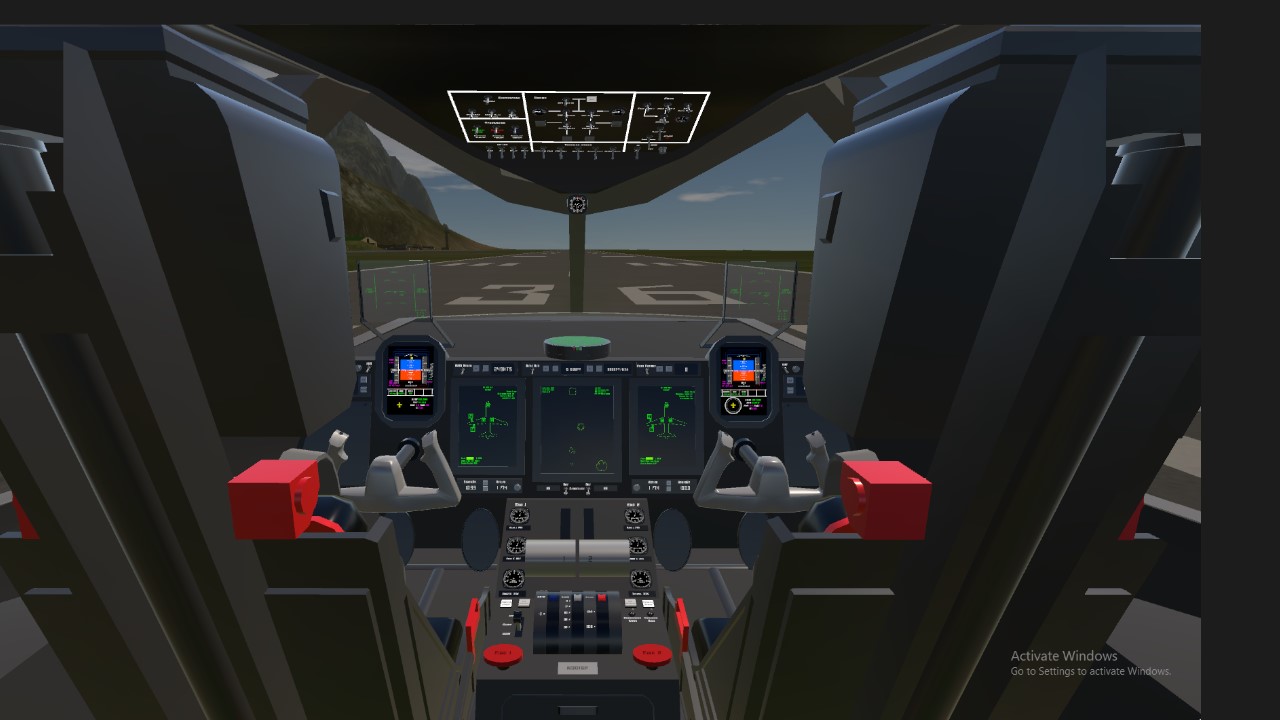
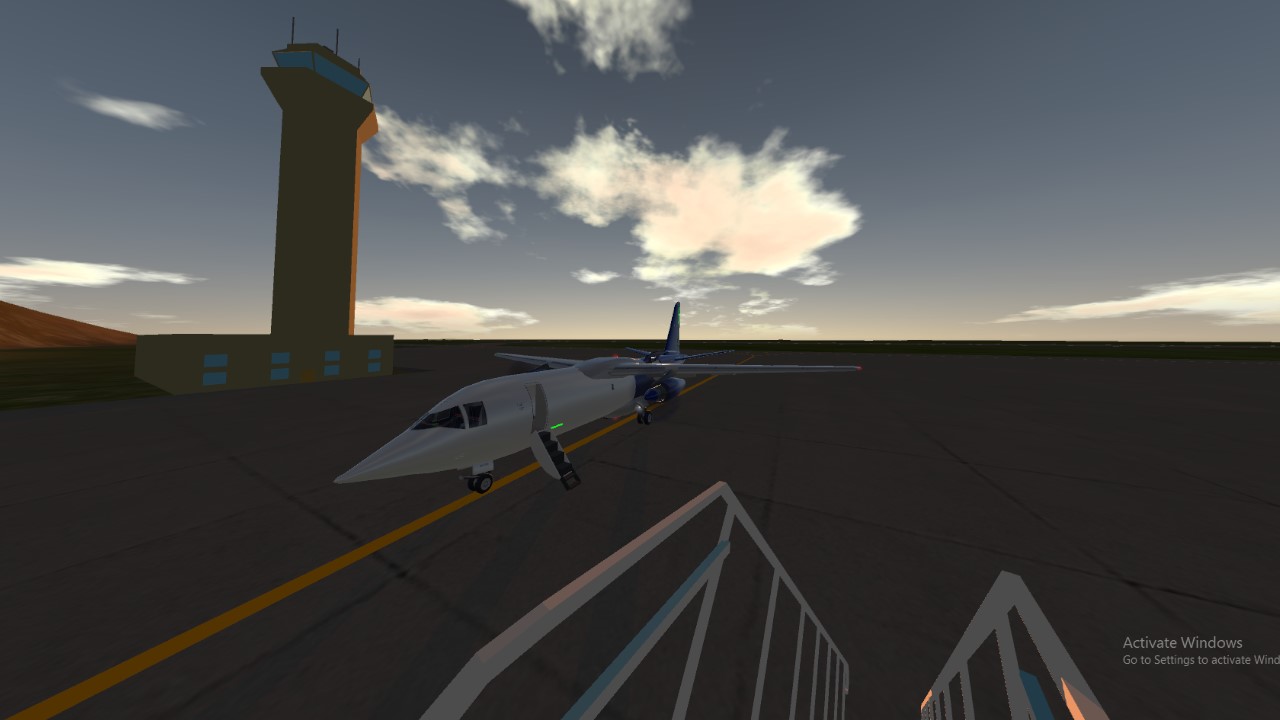
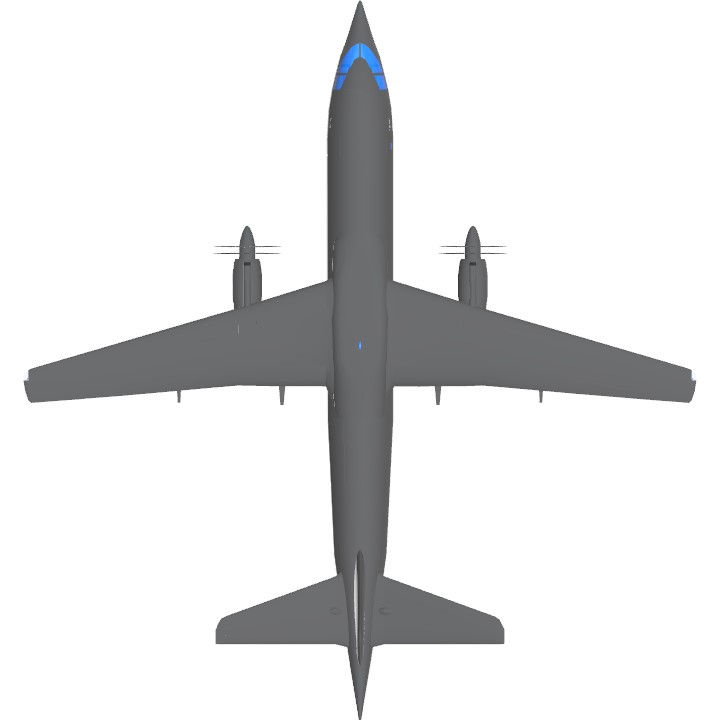
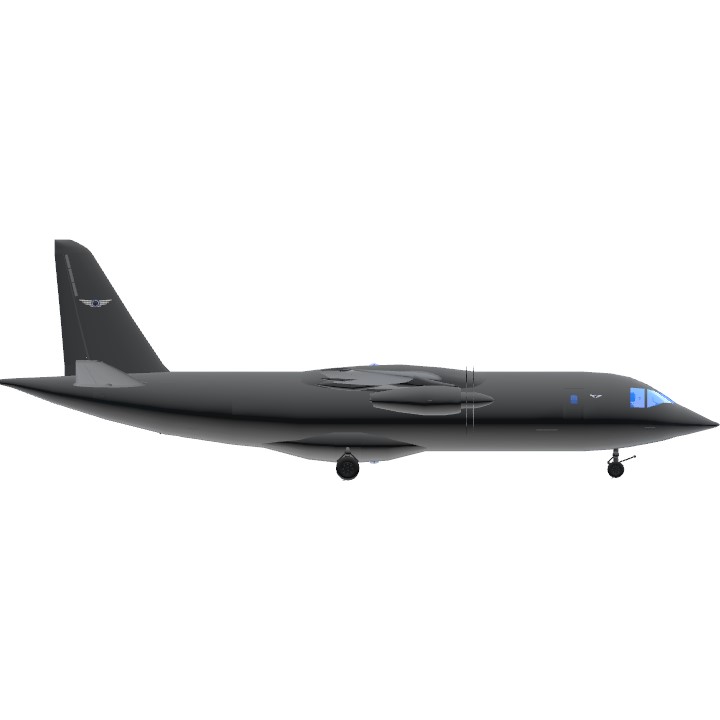
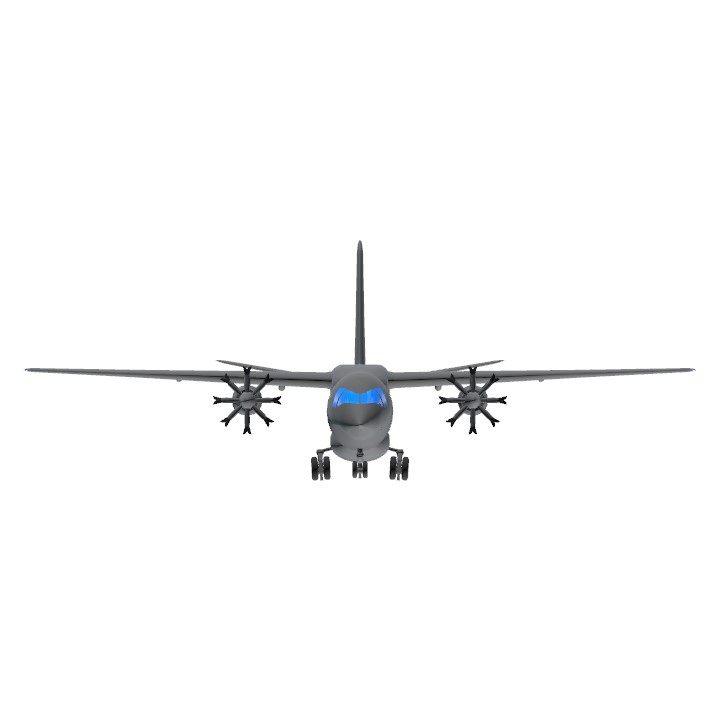
Your screenshot underestimated your build. I feel bad for it.